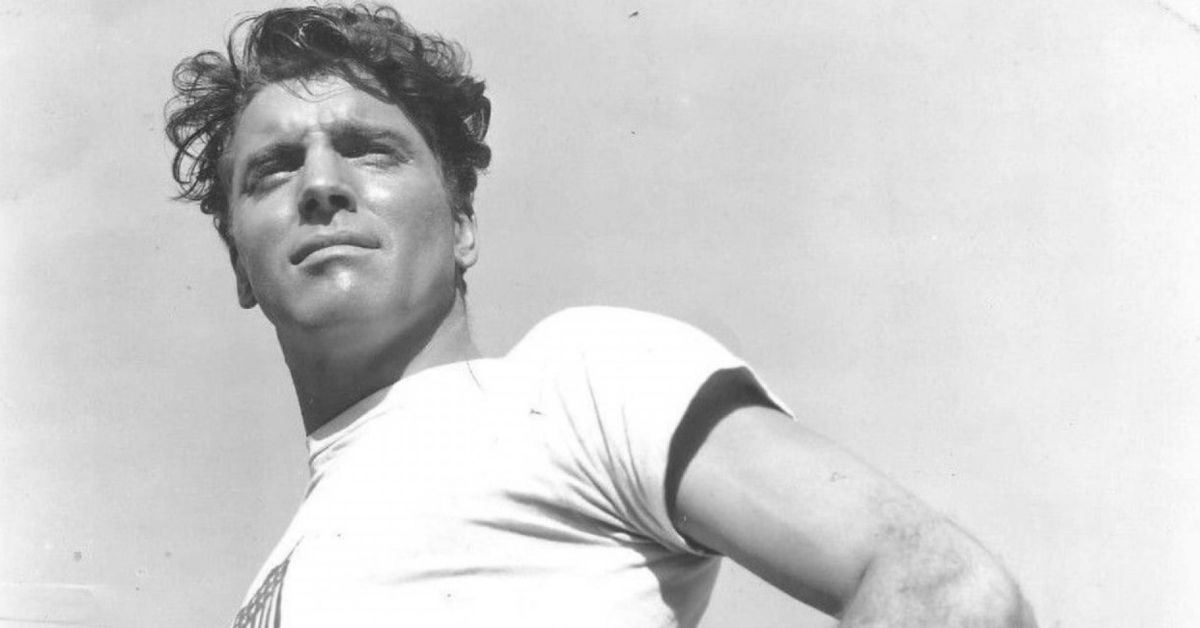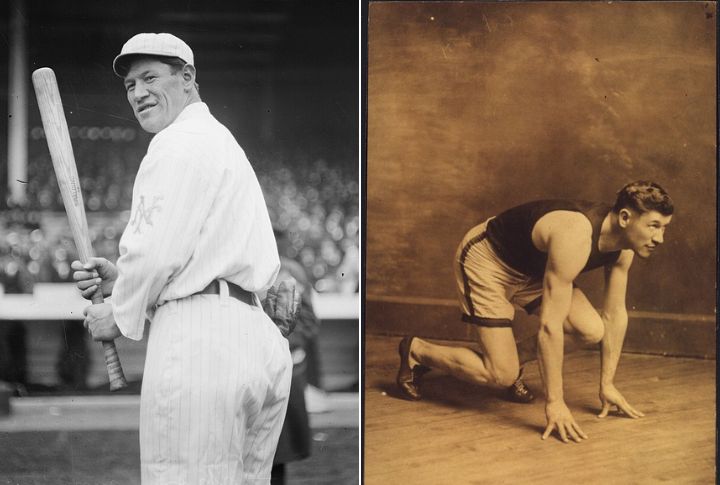
Jim Thorpe’s name echoes through sports history, yet many have yet to grasp the extent of his contributions. As one of the most versatile athletes ever, Thorpe dominated not just one but multiple sports at the highest level—including football and baseball. Here are 15 fascinating facts about this American sports legend that you should know.
A Humble Beginning In Native American Culture

Before Thorpe’s career, he was just a young man of Sac and Fox Nation descent. Born in Oklahoma in 1887, his rural upbringing profoundly influenced his athleticism as he grew up running and hunting. Attending Carlisle Indian Industrial School was also vital to his success, as coach Glenn “Pop” Warner honed his skills.
Olympic Glory And Stripped Medals

Several months after Thorpe won two gold medals at the 1912 Amateur Stockholm Olympics, the official committee revoked his wins. They discovered Thorpe had once played semi-professional baseball, disqualifying him from competing at an amateur event. It took 70 years for the council to reinstate Thorpe’s medals in 1983—30 years after his passing.
Master Of Multiple Sports

After his Olympic success, Thorpe played professionally in different sports. As a baseball player, he was committed to the New York Giants and Cincinnati Reds, and with football, he played for teams like the Chicago Cardinals. This ability to excel in various fields made him one of the most versatile athletes of the 20th century.
College Football Dominance
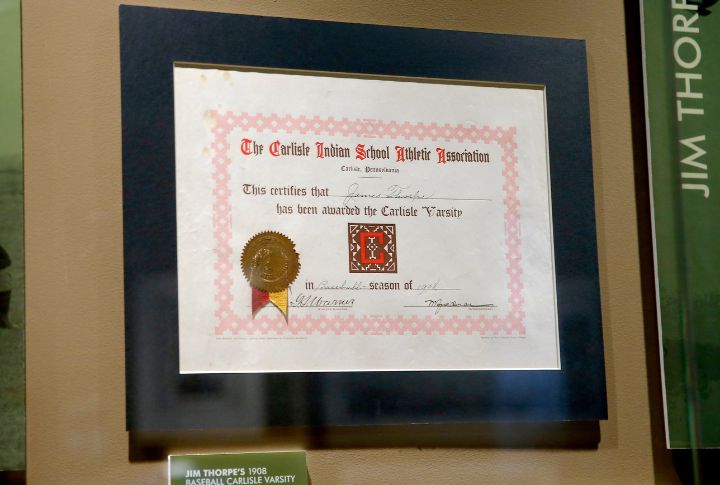
Thorpe became a national sensation while playing for the Carlisle Indian School’s football team. In 1911, he led the team to a shocking victory over the powerhouse Harvard team, sealing Carlisle’s legacy in college football. Carlisle went on to win the national championship in 1912, with Thorpe contributing 198 points.
Hollywood’s Take On Thorpe’s Life

With the 1951 movie Jim Thorpe—All-American, Hollywood brought Thorpe’s incredible story to the silver screen. The movie starred Burt Lancaster as Thorpe and focused on his rise to fame and struggles throughout his career. The film remains one of the key pieces of media that shared Thorpe’s story with a broader audience.
Shaping Modern Football

Dabbling in football is one thing, but leaving a lasting imprint on the sport is another. Thorpe pioneered American football, playing almost every offense or defense position during the game’s formative years. Eventually, he became the first American Professional Football Association president, which became the NFL in 1922.
The Jim Thorpe Award

Aside from his achievements, Thorpe’s legacy lives on through the Jim Thorpe Award, given annually to the top defensive back in college football. Since 1986, winners of the Thorpe Award, like Charles Woodson and Patrick Peterson, have achieved stellar careers in the NFL, maintaining the tradition of excellence that Thorpe established.
A Champion For Native American Representation
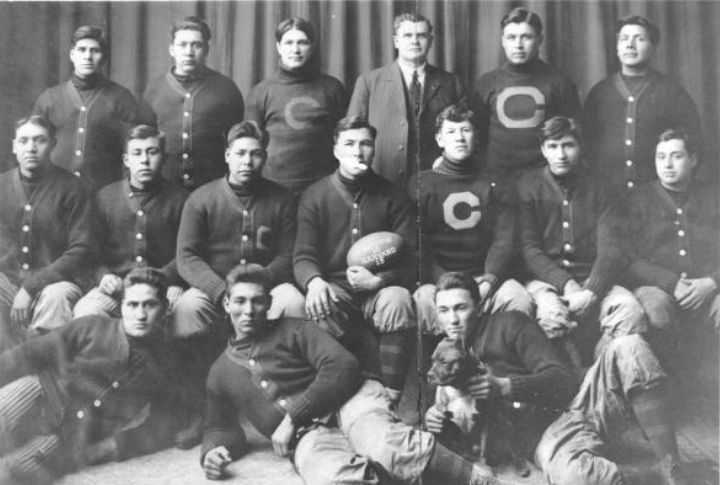
In an era when Native Americans faced intense discrimination, Thorpe used his fame to raise awareness about his people’s struggles. He worked tirelessly to create opportunities for Native athletes and co-founded the National Football League’s Oorang Indians, a team comprised entirely of Native American players.
The Jim Thorpe Cup
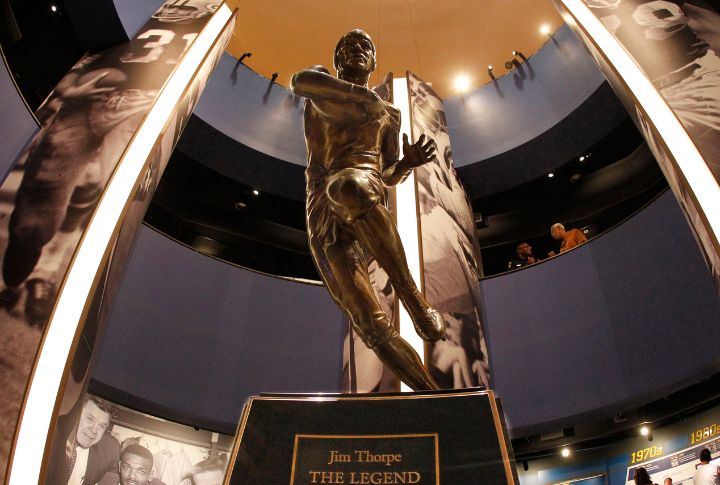
This is an annual track and field game that pits American athletes against Germans. It started in 1993 and has since honored Thorpe’s legacy in the Olympics while providing a platform for athletes to display their talents. In 2024, the US Men’s team won the cup thanks to Hakim McMorris’s 8,163 points.
An Honorary Award-Winning Athlete
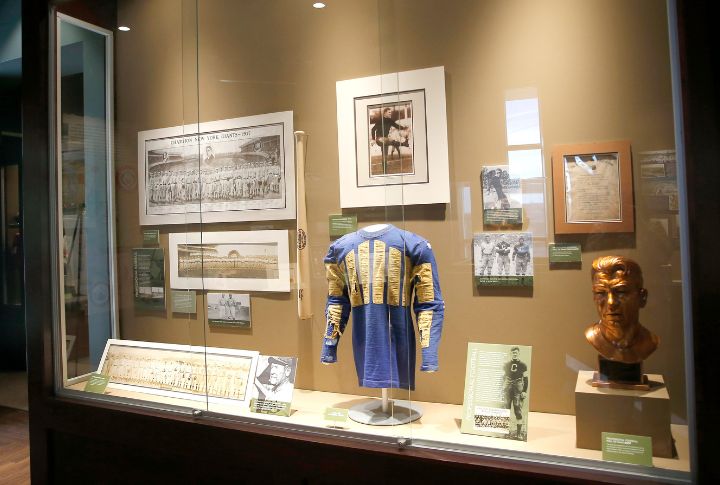
Thorpe’s athletic accomplishments extended far beyond his Olympic victories. In 1951, he was awarded a College Football Hall of Fame induction and bagged the professional variant 12 years later. His other feats in football and baseball, including playing both sports professionally, are still impressive decades later.
A Struggle With Fame And Fortune

Despite his athletic success, Thorpe faced financial hardships throughout his life. The fame and fortune he had hoped for never fully materialized, and he often worked odd jobs after retiring from sports, including as a construction laborer. Thorpe’s story is a reminder of the financial instability many athletes faced in the early 20th century.
Visiting Jim Thorpe In Pennsylvania
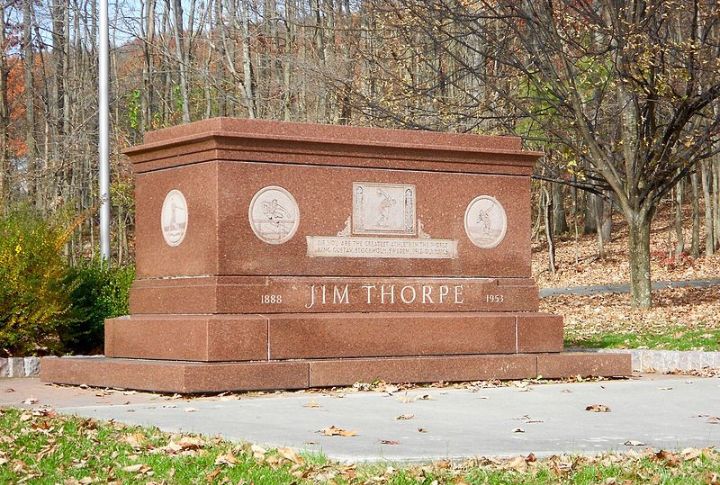
In 1954, a town in Pennsylvania renamed itself “Jim Thorpe” after purchasing his remains from the athlete’s third wife, Patricia. Even though he had no connection to the area, the town hoped to build a tourist attraction around his fame. Today, visitors can explore the Jim Thorpe Memorial, a monument in his honor.
Personal Life And Family
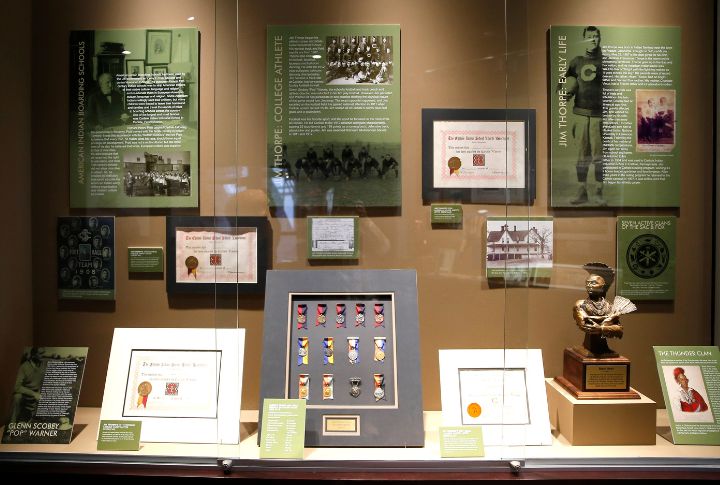
Juggling multiple sports was easy for Thorpe, but managing a household proved challenging. He was married three times and had eight children, often struggling to support them. Still, his adult children endeavored to preserve his legacy, especially Jack Thorpe, whose failed attempt at returning his father’s remains to Oklahoma made headlines in 2010.
His Passing And Legacy
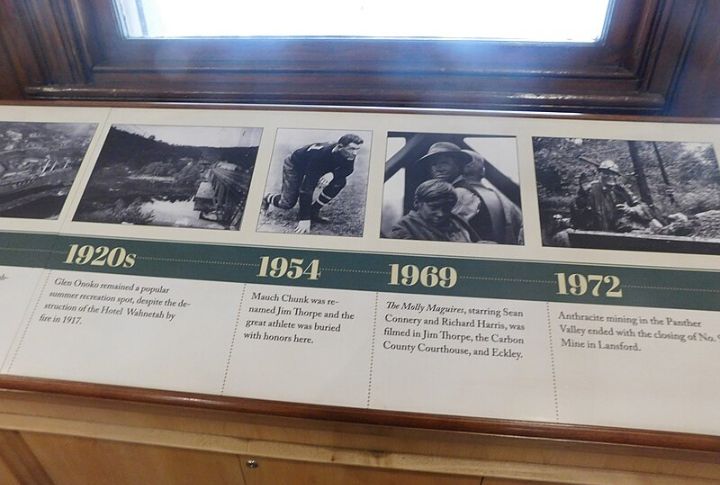
On March 28, 1953, 65-year-old Thorpe passed away from a heart attack during a meal with his wife, Patricia. Before his passing, his financial struggles were so severe that Patricia relied on charity for his medical expenses. His touching story sparked renewed interest in his life, and was posthumously celebrated for his achievements.
An Enduring Symbol Of Athletic Excellence
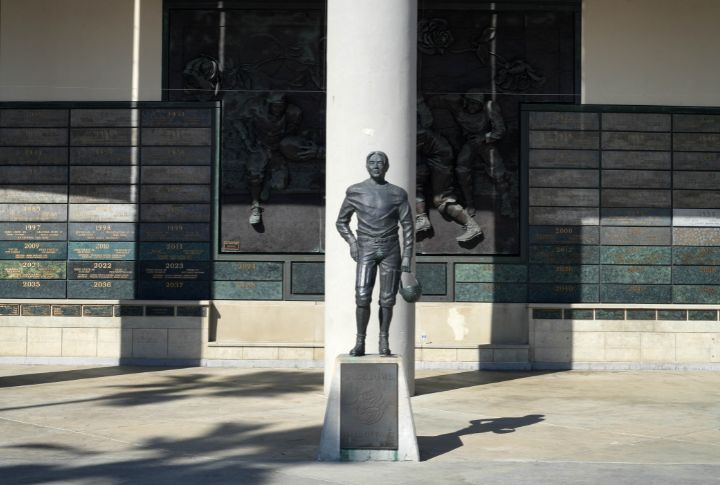
Though Thorpe’s life ended tragically, he was one of America’s greatest athletes. ABC acknowledged this from 1996 to 2001, as they repeatedly tagged him the athlete of the century. Through the annual Jim Thorpe Award and his many accomplishments, this legend has left a lasting impact on the world of sports.


